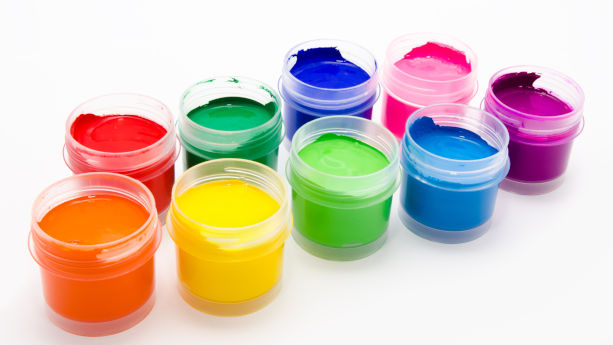Looking for a consultant or other service provider to help you understand CE marking? In this article, we list software tools, consulting companies, and testing and certification companies offering a wide range of CE mark-related compliance services.
Continue reading List of CE Marking Service Companies: Our Top 16 Picks























